|
165 Reculver Road
Beltinge

Above postcard, circa 1936, kindly sent my Rory Kehoe. |
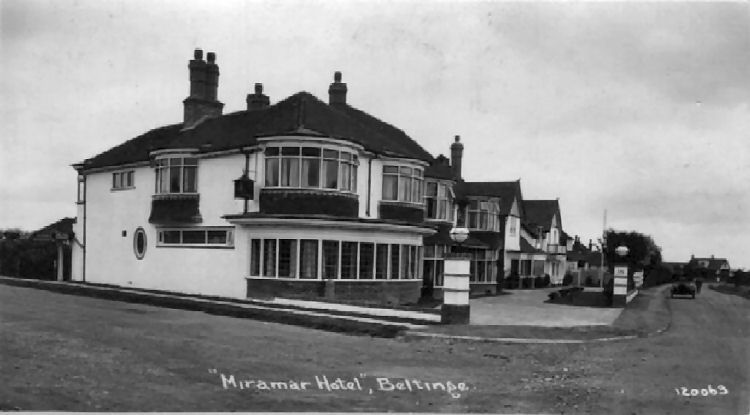
Above postcard, circa 1950s, kindly sent by Catherine Holman. |
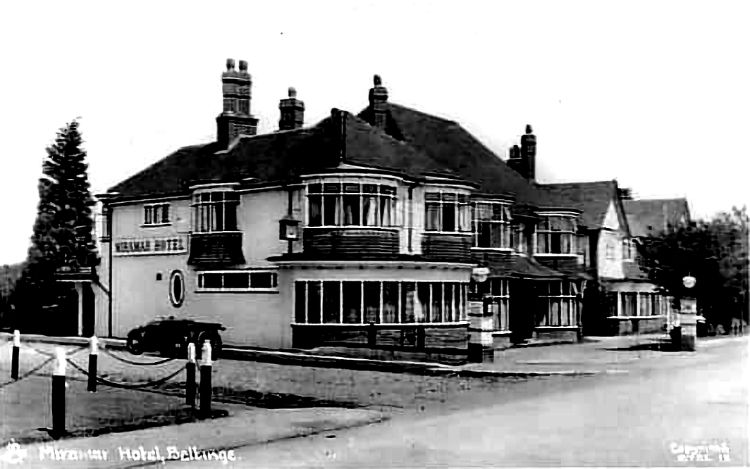
Above postcard, date unknown. |

Above postcard, circa 1957. The reason so many British coastal towns
have hotels called Mirimar is because, in Spanish, the word mirimar
means "sea view." |
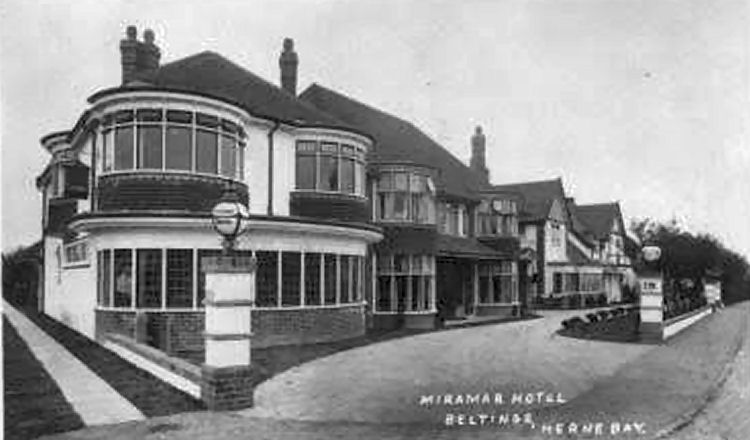
Above postcard, date unknown. |
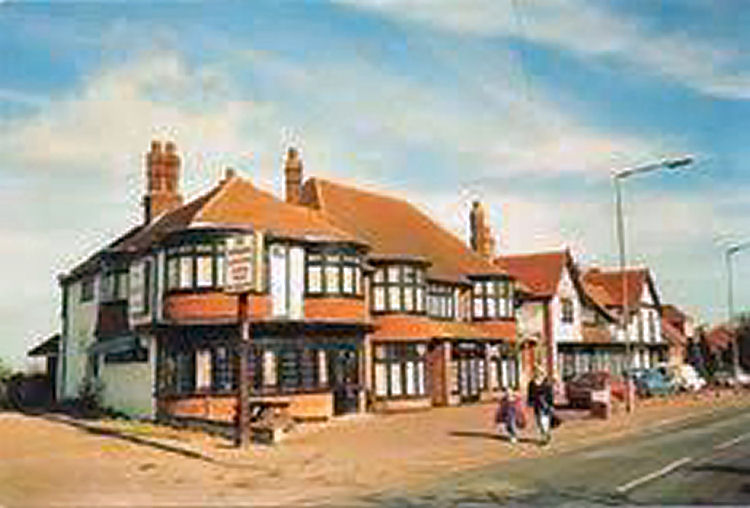
Above photo, date unknown. |
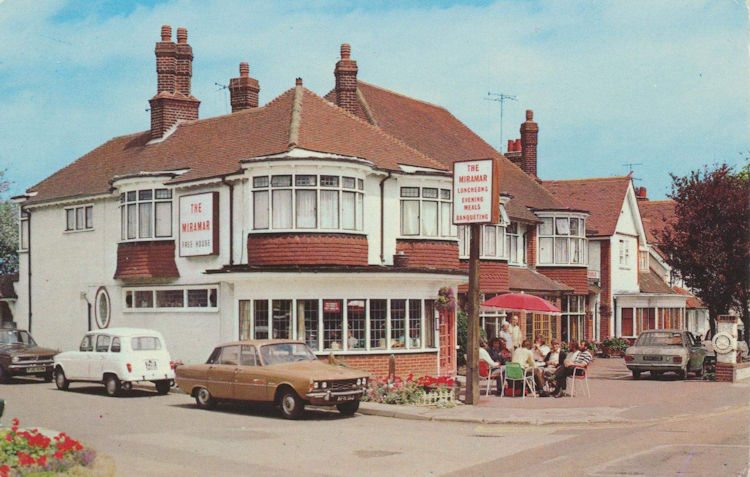
Above photo, date unknown. |
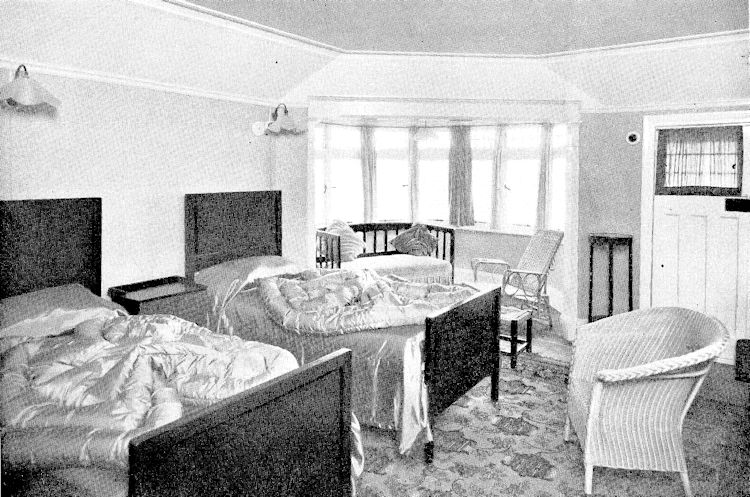
Above bedroom, date unknown. |
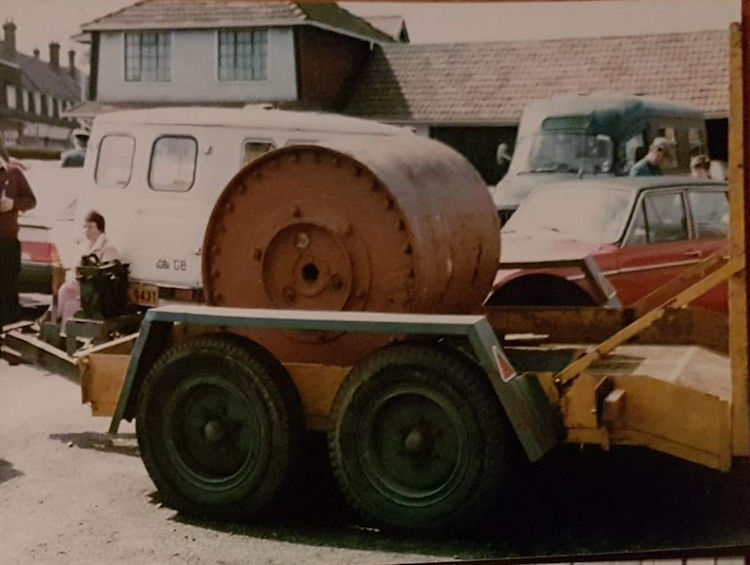
Above photo, date unknown. |
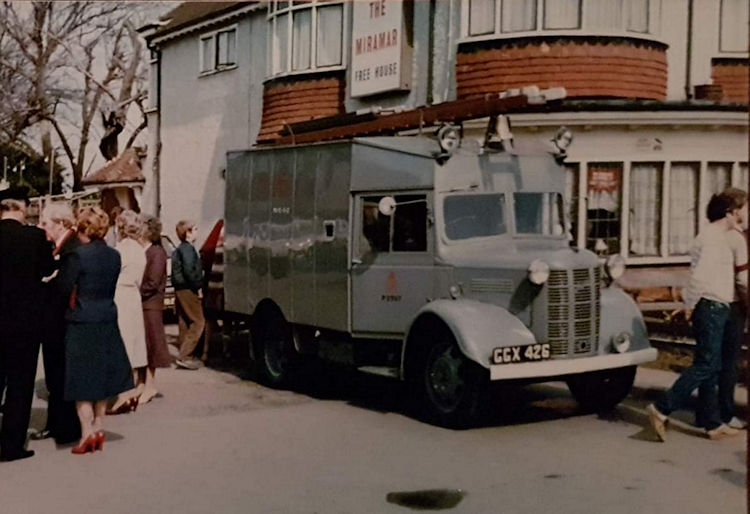
Above photo, date unknown. |
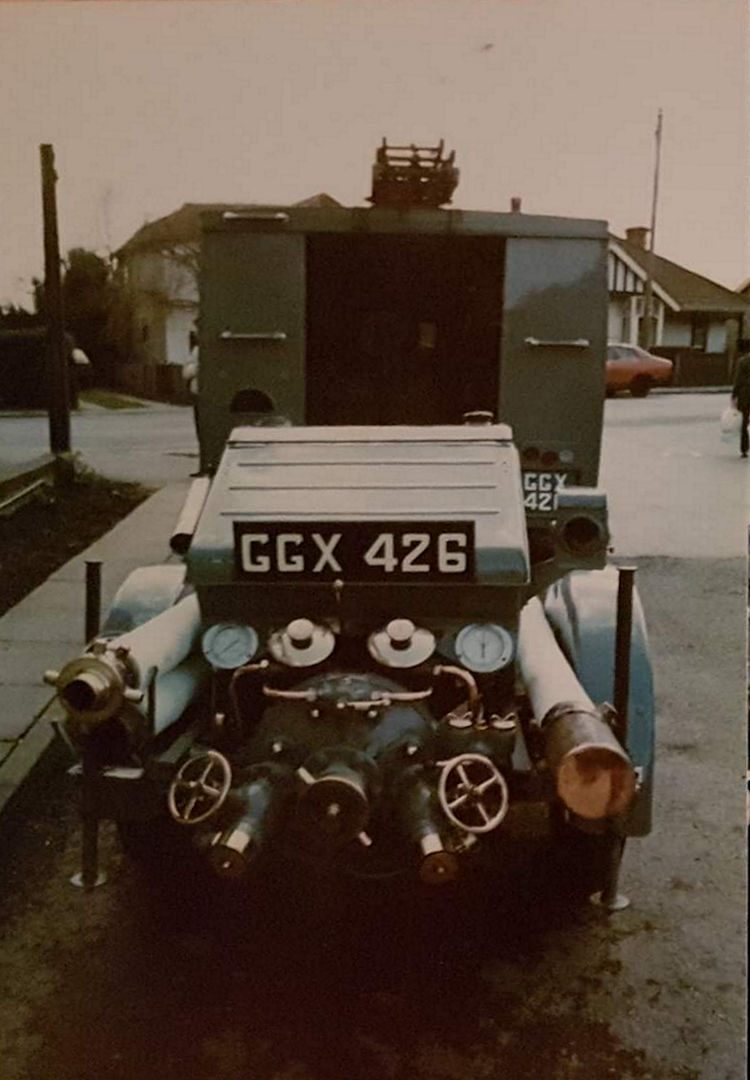
Above photo, date unknown. |
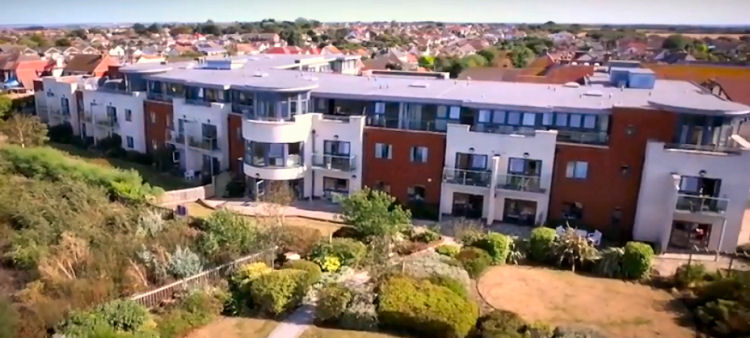
Above photo 2017, showing the buildings as I believe a nursing home. |
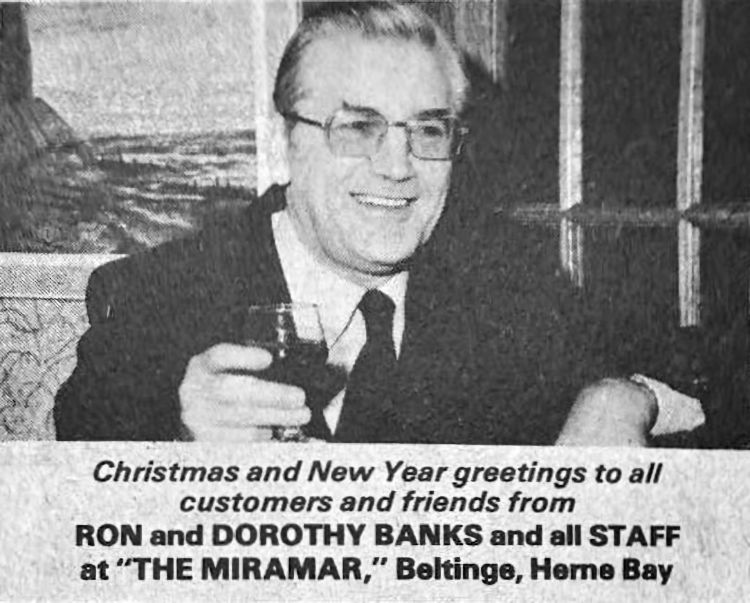
Above Christmas Greeting from the Kentish Gazette, 1978. |
Not a lot known of this premises found at present, but I am led to
believe that the buildings are now (2017) operating as a nursing home.
|
From the Whitstable Times and Tankerton Press, Saturday 12 April 1930.
Mr. J. Thorn Drury applied for confirmation of the licence granted by
the St. Augustine’s Justices in respect of the "Miramar Hotel," Beltinge.
He said that applicant had held a term licence for three and a quarter
years, and the nearest hotel was in Herne Bay. When the application came
before the Magistrates the police gave applicant a good character.
It was pointed out that the monopoly value had been agreed at
£2,850—payable in five instalments.
The licence was confirmed.
|
|
From The Sphere, Saturday 07 March 1953.
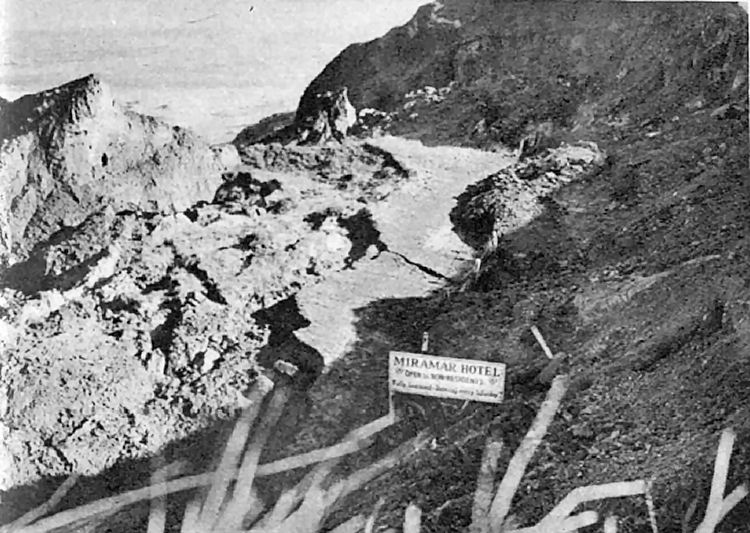
A few days ago this path led to the "Miramar Hotel": A part of the
hotel's garden has also subsided, but a wall and a bed of wallflowers
still remain intact, even though the ground has dropped several feet.
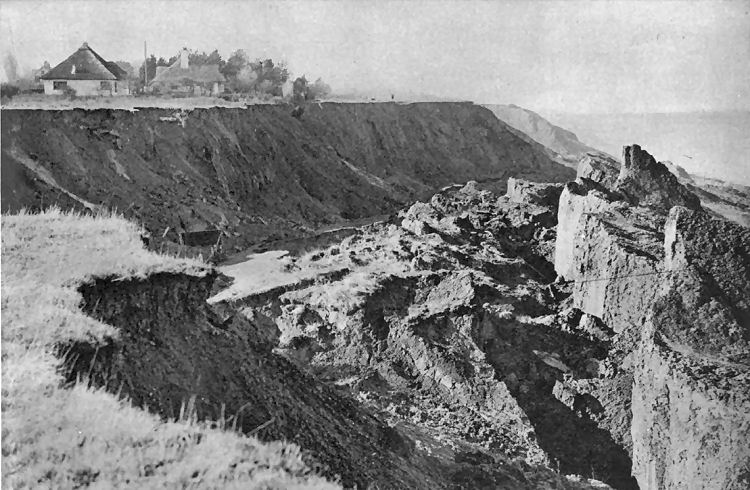
All that remains of the cliff at Beltinge, near Herne Bay, Kent: This
is the state of the north Kentish coast, where the local residents are
concerned with the erosion which is eating its way inland at an alarming
rate.
Along the Kent coast, where much of the land has been subjected to
the swirling waters of the great flood, erosion has again taken place
and whole cliffs have subsided to sea-level. At Beltinge, near the
holiday town of Herne Bay, a cliff path has dropped 100 ft., while
gardens and a bowling-green, once on top of the cliff, are now at
sea-level. The whole cliff has just subsided, leaving a wall and
flowering plants still standing in an upright condition. A local
resident, Mr. B. Thom, who lives in a cottage which he bought four
months ago and which is now on the brink of the canyon, says “It is
just as if this beautiful piece of Kent was in a lift which somebody
suddenly decided to take down to the ground floor." At the bottom of the
valley, clearly visible from above but out of reach because no one knows
when the downward movement will cease, are things which were in use
until a few days ago. Meanwhile in Lismore Street, families have had to
leave their homes, which in some cases now stand high above the sunken
gardens.
|
|
From an email received 12 October 2018.
Dear Mr. Skelton,
I came across two half tickets in a copy of "King's Regulations for the
Army" published 1935, which I received from a bookseller yesterday. I
believe they relate to a dance held on 9th May 1945, a Wednesday, but a
day for celebrating victory in Europe. It could be that 'ay" refers to
'day' but that's my theory, given that the original tickets have been
adapted for a quickly-arranged function.
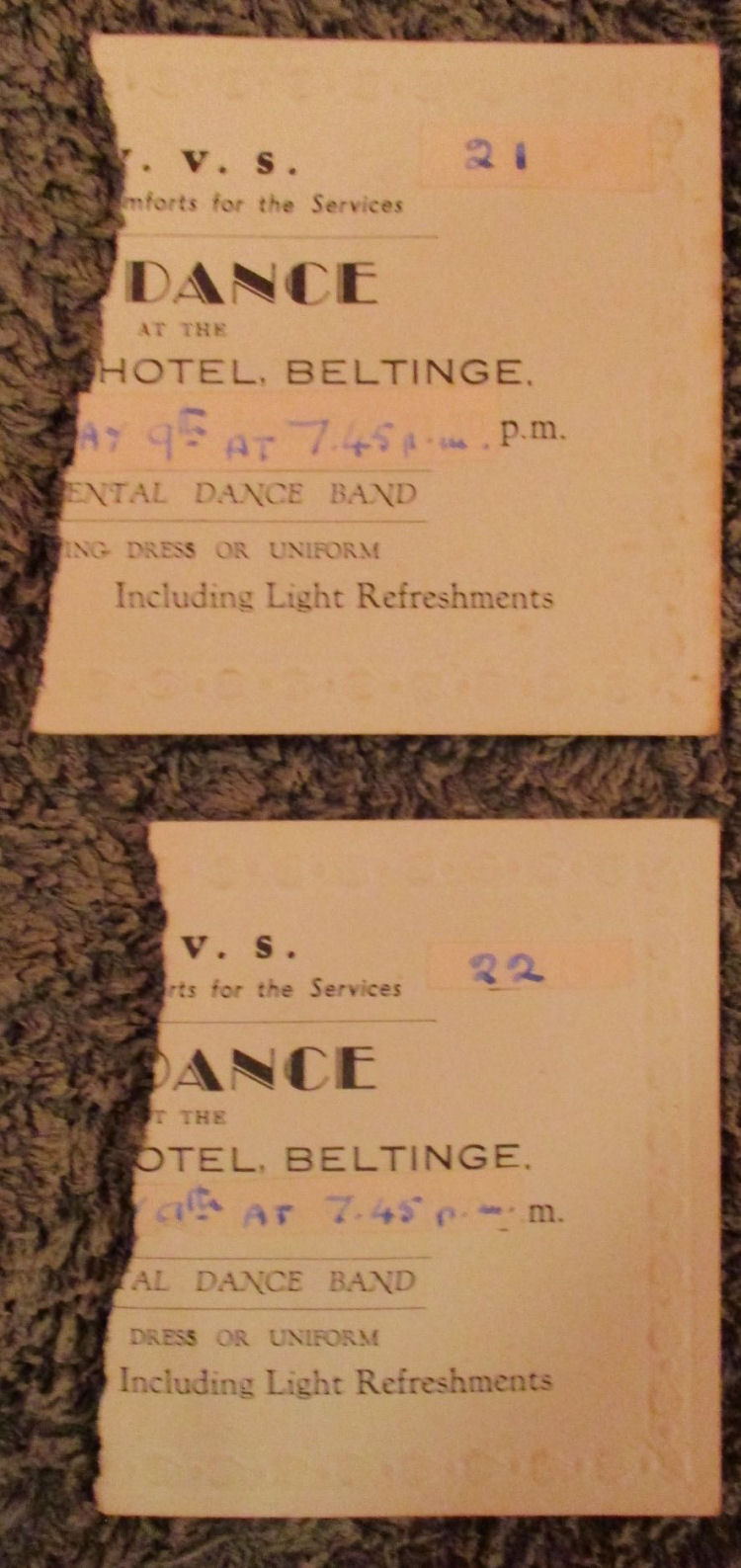
I posted a poor photo of the tickets on a World War Two chat site, WW2
Talk, and someone suggested contacting you. Any ideas would be
appreciated: I am intrigued. As a matter of interest, my late
mother-in-law served in a Mixed Heavy AA unit in Kent in 1944 and 1945,
trying to shoot down V1 flying bombs.
Best wishes,
John Cox,
Saffron Walden,
Essex.
|
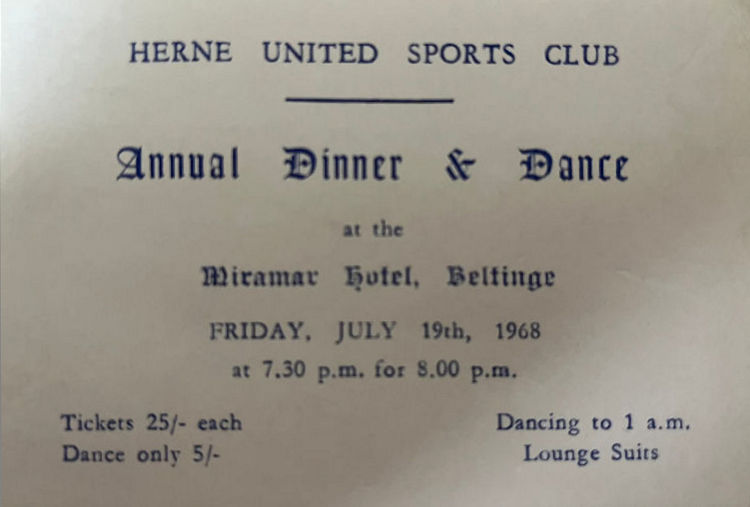
Above card 1968. |
|
From a Blog found at
https://mudskipperpress.com written July 29, 2020. When I was
seven years old, my family lived in Kent. They didn’t live there when I
was six, nor when I was eight, but my entire seventh year was spent in
Kent. It was the 1970s and, although our sojourn in the Garden of
England was only a brief one, this period holds for me some of my
earliest memories of going to the pub. My parents had never been regular
pub-goers but, for whatever reason, the move to Kent coincided with a
change in their drinking habits and, at that time, the choice of pub had
two distinct themes: coast or country.
Our coastal pub of choice was the Miramar at Beltinge. My memories
are of a long, lawned pub garden, which provided my playground while my
parents drank inside. Unmindful of future concerns surrounding Health
and Safety, the end of the pub garden fell away directly to the tall,
sea cliffs, for which Beltinge is famous. Miramar was aptly named. I
spent many happy evenings playing on the edge of the fragile precipice
overlooking the sea, blissfully ignorant of the “collapse of ‘53”;
unaware of the subsidence notices; unable to see into a future where the
precariousness of the landscape would force the eventual closure of the
Miramar, its place of perilous proximity now occupied by a nursing home.
Go figure!
My drink de jour was a pineapple juice, which seemed hopelessly
exotic, while my parents favoured Double Diamond. Sometimes at the
weekend, we would treat ourselves to something from the pub menu. The
choice was either chicken in a basket or scampi in a basket, but either
meal was an extravagance of royal proportions, rendered even more of a
novelty by arriving in its faux-raffia plastic tray.
My memories of the precise name and location of our preferred country
pub are hazier, because we always arrived there after dark, and the
drive seemed tortuous and interminable, deep into the heart of the
Kentish hinterland although, in reality, it was probably no more than
four or five miles distant from our home. If I had to give a best-guess
of the pub we visited, I would say it was the Gate Inn at Marshside. The
fact that I only recall this pub in darkness, whereas the Miramar is
always blazed in light, might also suggest that this was our preferred
pub for autumn and winter evenings, where the Miramar represented spring
and summer.
Once again, I was obliged to find my entertainments outside the pub
itself. I would watch the old local men play quoits; the harsh
percussive clang of metal ring striking metal pole becoming less and
less frequent as the evening progressed and the consumption increased.
Here, the solitary item on the menu was a Ploughman’s, which I was
never sure that I liked, excepting the pickled onion, which was manna
from heaven.
One other regular was a friendly and scruffy black Scottie dog, who
was similarly forced to share my alfresco fate. His owner was a large,
shambling woman dressed in manly woollens and who stank pervasively of
the neighbouring pig farm. She would always take her regular spot
indoors close to the wood fire, always succeeding in creating an
olfactory exclusion zone around her within minutes of her sitting down.
© Beery Sue. |
LICENSEE LIST
DRURY J Thorn Mr Apr/1930+
BANKS Ron & Dorothy 1978+
|
















